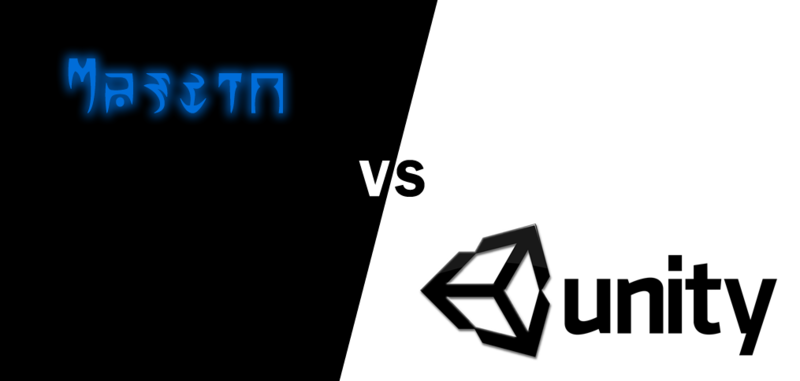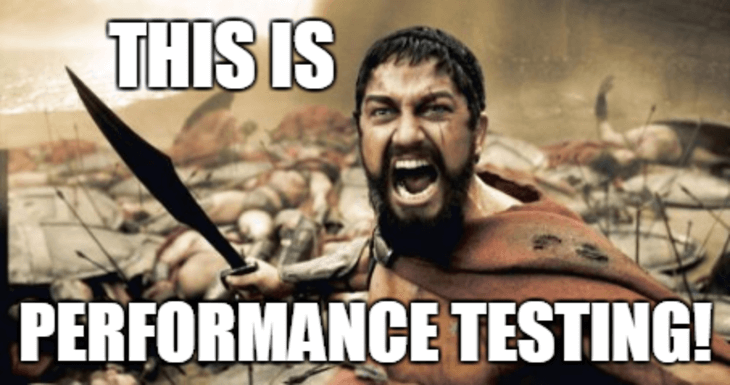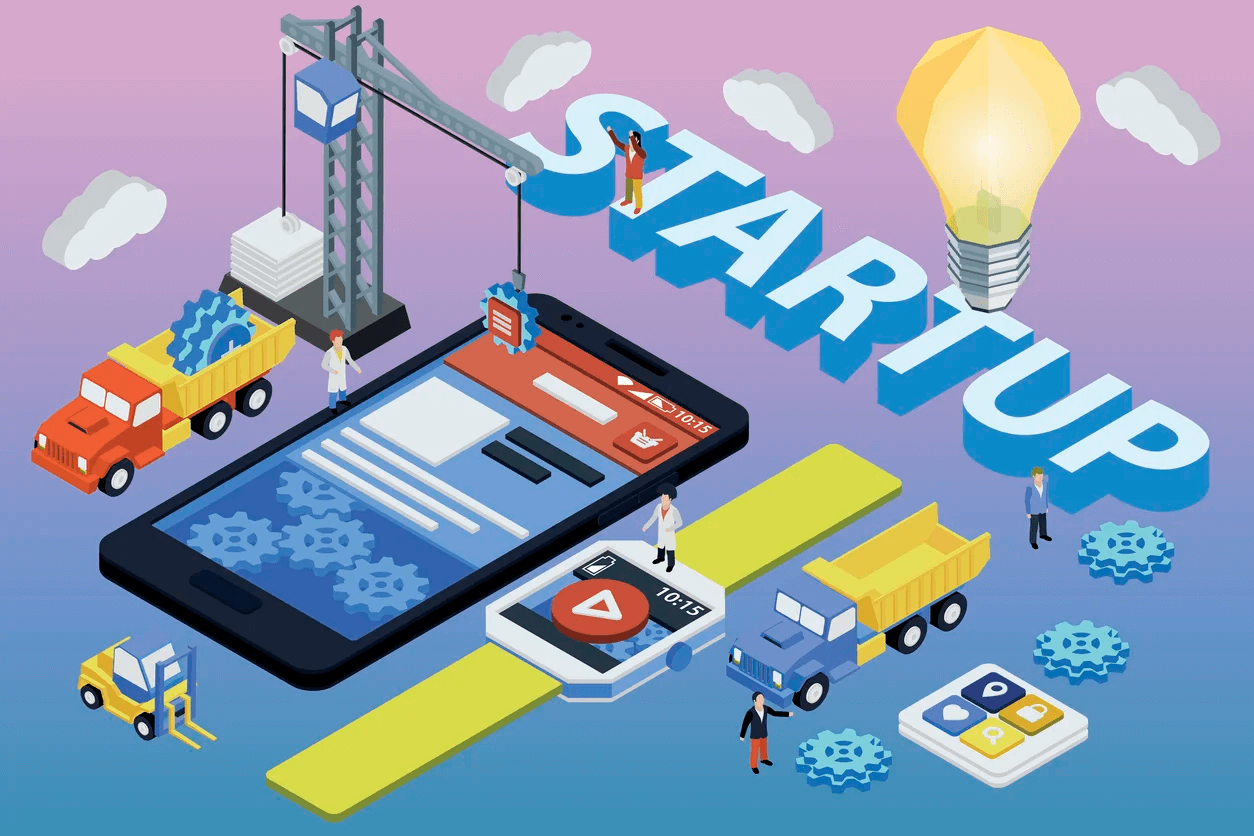10X your applications with data analytics

ADVERTISEMENT
Table of Contents
Introduction
By now, we all know that companies are using data to support their decision-making. Whether it be for profit, improving user experience, or both! In the end no click goes un-counted. What is the driving force behind this? Data Analytics, the simple process of identifying conclusions directly from data. But this isn't new... It has been around for quite some time. However, all the hysteria at the moment is surrounding Real-Time Data Analytics. This is being able to draw conclusions from the data you receive right now.
Businesses aren't the only entities seeing the benefits from real-time analytics. As a developer, we can integrate this functionality inside our applications to monitor behaviours and infer trends. We can create artificial users inside applications, and that's where it gets interesting... For example, In a gaming scenario, if you have a data capturing system set up for your application, you can capture movements and trends to further improve your AI and better understand its behaviour. Of course, this is just one example and it certainly can be used for multiple other scenarios.
Types of data analytics applications
There are many different types of applications, you might be working on an IoT application, where you use Freeboard to create an analytics dashboard to track ingested sensor data. We stumbled across this cool list of analytic platforms (open source and proprietary platforms). This can be used as a guideline to find what platform is best suited your application.
Heatmaps are particularly helpful in providing graphical representations of data. Developing a Heatmap allows you to convey information instantly. These are great for showing data trends to a non-technical audience. Below we can see a simple example of a Heatmap being used to show data from an election poll.
Conclusion
So why not integrate Data Analytics into your applications? You will be able to improve the user experience of your application by understanding the how and why people are interacting with it. If you are interested in reading more on Data Analytics, check out Data Analytics for Beginners which gives a steady introduction into primary Data Analytics concepts.
Final Notes
Recommended product: Coding Essentials Guidebook for Developers





